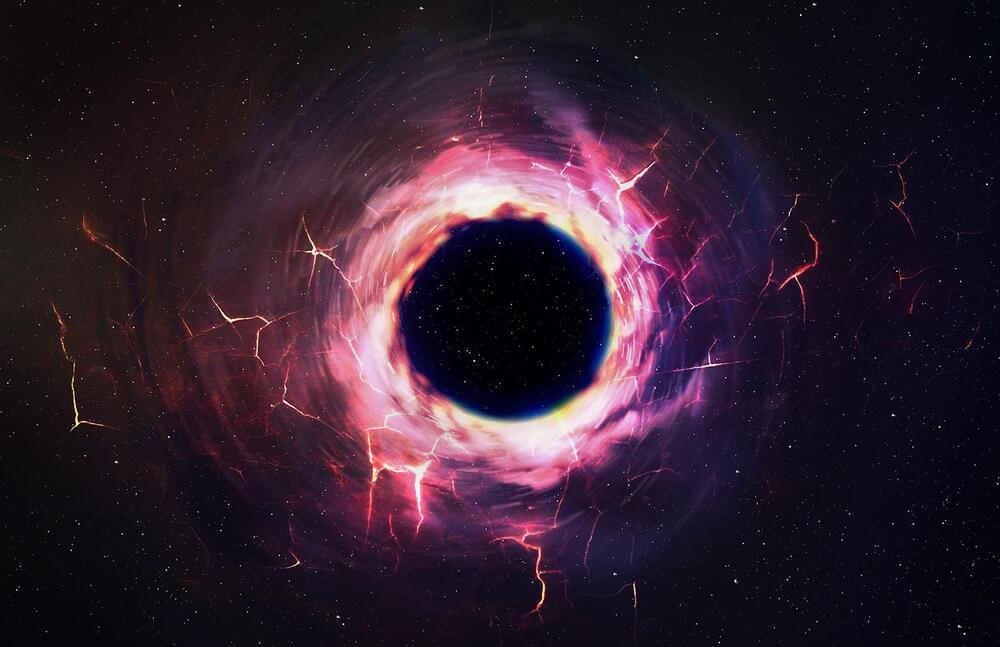Get a Wonderful Person Tee: https://teespring.com/stores/whatdamath.
More cool designs are on Amazon: https://amzn.to/3wDGy2i.
Alternatively, PayPal donations can be sent here: http://paypal.me/whatdamath.
Hello and welcome! My name is Anton and in this video, we will talk about another Fermi Paradox hypothesis: The Dark Forest.
Fermi Paradox playlist: https://www.youtube.com/playlist?list=PL9hNFus3sjE7lB0sJRnGLWng0uIPxUVqG
Images/Videos:
Henry Söderlund-CC BY 4.0 https://en.wikipedia.org/wiki/Liu_Cixin#/media/File: Cixin_Liu_at_Worldcon_75,_Helsinki,_before_the_Hugo_Awards.jpg.
Midjourney CC BY SA 4.0 https://midjourney.com/
Davidguam CC BY-SA 4.0 https://en.wikipedia.org/wiki/Hunt–Lenox_Globe#/media/File: Anfuorin.png.
#darkforest #fermiparadox #aliens.
0:00 Introduction to Dark Forest Hypothesis.
1:05 History of the Hypothesis.
2:05 Relationship to the Game Theory.
3:18 Assumptions.
4:10 Criticism.
5:00 Are Humans Breaking This Rule?
5:35 More Criticism.
7:05 Counter Arguments.
8:10 Is It Unscientific?
8:40 Here Be Lions.
9:45 Conclusions.
Support this channel on Patreon to help me make this a full time job:
https://www.patreon.com/whatdamath.
Bitcoin/Ethereum to spare? Donate them here to help this channel grow!
bc1qnkl3nk0zt7w0xzrgur9pnkcduj7a3xxllcn7d4
or ETH: 0x60f088B10b03115405d313f964BeA93eF0Bd3DbF
Space Engine is available for free here: http://spaceengine.org.


